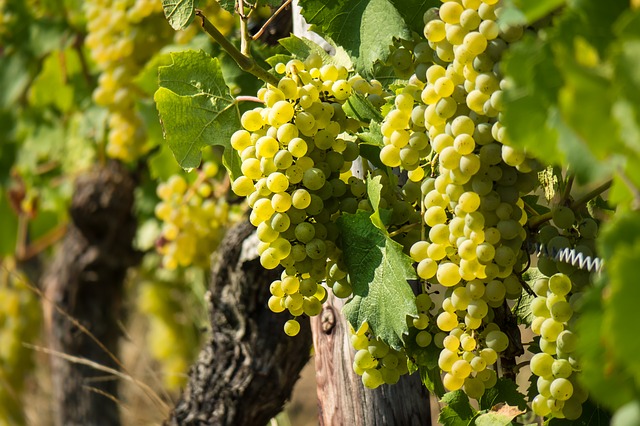From ‘Le Grand Enclos’ to the wine of SaransotA savoir faire which respects its traditions
The Vineyard
Being an old estate of Listrac, Saransot-Dupré is fortunate to possess a vineyard in one single block.
‘Le grand Enclos’ of Saransot represents 38 hectares, 17 of which are planted with vines and the rest is made up of natural meadows and copses.
The soils of Saransot are clay-limestone.
The average particle size is as follows: clay 30%,
intermediate elements: silts and fine sands 20%, coarse sands 50%.
They are cool, well balanced soils, ideal for Merlot, Petit Verdot and Cabernet Franc.
For the red Saransot wine, this particular mix of grape varieties, represents a return to our roots.
Our ancestors had already decided on this unusual blend of grape varieties to be planted in Listrac..
Saransot wanted to return to its roots and re-introduce the same mix of grape varieties that existed in the appellation of Listrac at the time of its creation by the INAO in 1957.
This is why the vineyard today is made up of 59% Merlot, 17% Petit Verdot, 15% Cabernet Franc, 8% Cabernet Sauvignon and 1% Carmenère.
The average age of the red grape variety vines is 27 years.
A Traditional Vinification
The red wine is vinified in cement vats. Formerly criticised, these have recently returned to fashion thanks to their physical properties and particularly their thermal inertia. This saves energy during winemaking. It reduces both the fluctuation in temperature and the movement of the wine, due to convection.
The wine is vinified in a very classic way with moderate vinification temperatures around 28 ° and a maceration of about 3 weeks.
Once the malolactic fermentation is complete, Saransot is put into barrel. There is about 25 to 30% of new barrels each year. The barrels are racked and cleaned every 3 months. The sediments are separated and recycled. A light filtration is carried out at the time of bottling which takes place approximately one year and 9 months after the harvest.



The Saransot vineyard produces both red and white wine.
The blend of grape varieties for the white wine of Saransot : a Bordeaux classic
Traditionally the dry white wines of Bordeaux are produced from Semillon and Sauvignon in approximately equal parts and a little muscadelle typical of Bordeaux (no relation to the Muscat family).
This is the blend of grape varieties for the fine white wine of Saransot Dupré.
We wanted to keep the very old plots, which, even if they do not produce much, guarantee of high quality. Thus, the oldest vines, planted in 1935, represent today more than half the area of white vines.
The white wine of Saransot : from the grapes to the wine
As soon as the grapes come into the winery, the grapes are pressed.
The juice obtained is refrigerated at 7°C in preparation for the settling period which is done the following day.
The sediments are separated from the clear juice which is then fermented; three quarters of the volume in oak barrels and the remaining quarter in stainless steel tanks.
Once the fermentation has finished, the wine is put into oak barrels for aging. It is stirred twice a week to start with and then only once.
In April, these two wines are blended together and bottled in June. The wine aged in stainless steel tanks brings freshness and vigor to the wine from the barrels, which benefits from this.
Château Saransot-Dupré has been producing white wine since the end of the 19th century. In difficult times, the estate even produced semi-sweet white wine and sparkling wine (crémant).
Today, the white grapes are used only to produce dry white wine.
